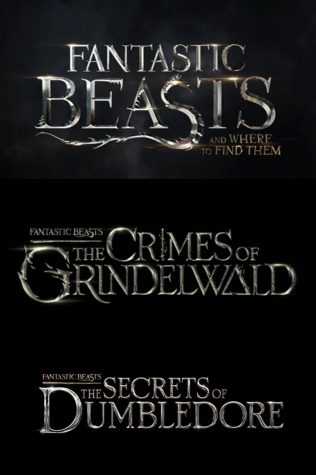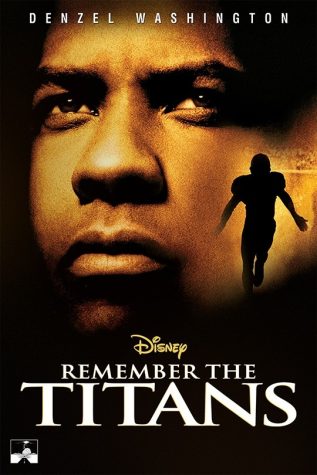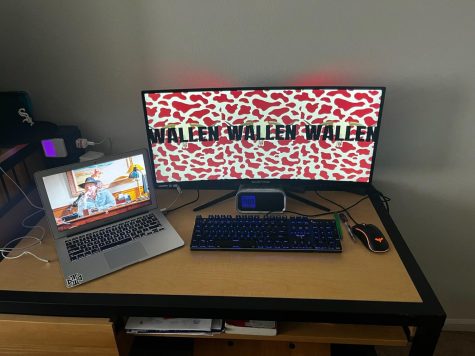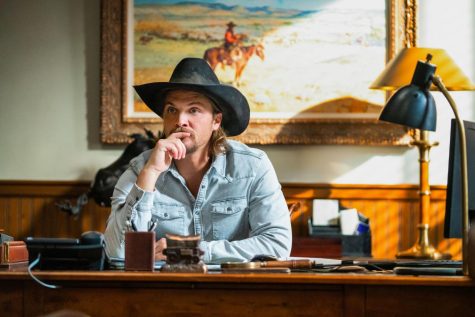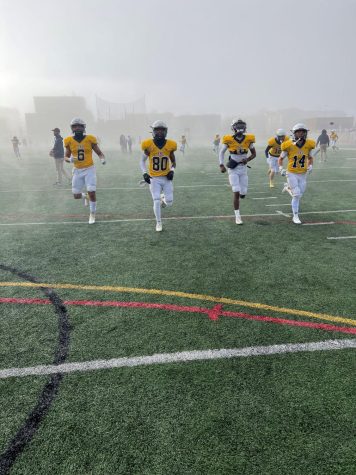REVIEW: Saint Asonia
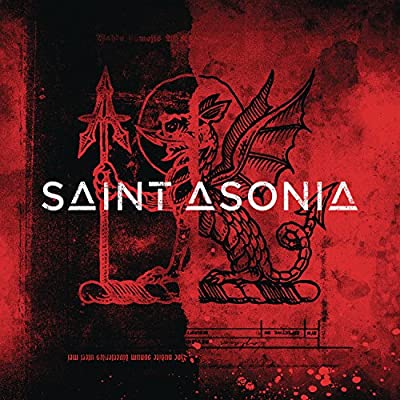
I’m going to open this one with a little rant about something I dislike about music: the idea of the “supergroup.”
For those who don’t know, a supergroup is when members of already successful bands get together to form their own band, separate from their original acts – a side project.
Now, I don’t take issue with people getting together and jamming, my gripe is more along the lines of how gimmicky it is.
The marketing is always based on how successful the individual members’ bands are, which, by extension implies that this newly formed group will also be really successful.
I guess I’m being a bit of a miser, because how else are you going to market a band like that?
I just hate popularity-based marketing. Something may be popular, but that doesn’t mean it’s good, you know?
I could go on all day, but setting my personal disdain for supergroups aside, I will tell you that the only reason anyone gives this band the time of day is because of Adam Gontier. They honestly may as well rename the band to Saint Gontier; let’s be real, I don’t think anyone’s listening to this band for, say, Mike Mushok’s guitar work.
Although, Staind was pretty popular, so maybe I’m wrong on that one.
I’m getting distracted, so moving on, I’ve covered Adam Gontier’s departure from Three Days Grace before, so I won’t retread old ground, but let’s go back a few years to set up some background.
It was 2015. Three Days Grace released their first album without Gontier — Human, in March. While it wasn’t the abomination some made it out to be, it left a lot to be desired.
And as it was announced that May that Gontier had formed a new supergroup composed of himself, guitarist Mike Mushok (Staind), bassist Corey Lowery (Eye Empire) and drummer Rich Beddoe (Finger Eleven), the eyes of the radio-friendly rock world were upon him.
And his first album with Saint Asonia, the self-titled debut released July 31st, left a lot to be desired too. I remember listening to this album when it was released and I was unimpressed then, so let’s see how it goes down five years later.
Now, I’ve reviewed Saint Asonia’s sophomore album Flawed Design, and I was admittedly very mean and gave it a D+, but I still stand by what I said, so let’s see how the group’s first foray into the music world sounds.
I’m going to break from my normal formula of talking about the first few songs in order, and instead just talk about the good and the bad as I feel that would be more appropriate.
Now, right off the bat, the album isn’t bad — it fulfills the basic requirements that everyone can play their respective instruments and that the songs are listenable; however by that standard, no album would ever be bad, save for a few.
And I’m pretty sure those few were bad on purpose.
Anyway, being passable does not a good album make.
So then is this album good?
Well, the only thing I can do is shrug my shoulders and say “Eh.”
To get the good out of the way, well, it is an Adam Gontier album, so it carries with it the certain standards that come with that territory, and it’s clear that the debacle with Three Days Grace did little to shake his temperament.
The songs are plenty riffy. The lyrics are angsty (but nothing the radio would scoff at) and relatable. Gontier’s vocals are par for the course, so the worry that he may have changed his sound is unfound.
Although there are a few moments where it sounds as if Gontier caught something in his throat and instead of getting it out and doing another take, he kept rolling. There’s not a whole lot of that, but those few moments do stand out.
The songs flow well into and out of each other and the album isn’t terribly exhausting in any way to listen to, and at 40 minutes, it’s a relatively quick listen.
Surprisingly, the highlights of this album are the softer songs.
Gontier, as a performer, enjoys smaller, intimate acoustic venues just as much as packed arenas, and that soft spot is clear on this album during the softer songs as these have the best performances.
They’re definitely more heartfelt and enjoyable than the likes of “Blow Me Wide Open,” the second track which is undoubtedly the worst song on the album.
Funnily enough though, the “late-album slump” is right at the beginning, so at least that’s out of the way.
Honestly, my ears didn’t really perk up until track four, “Even Though I Say,” which, on an 11 track album is a bad start. However, the album certainly picks up the pace afterward, and the middle of the album is where the meat and potatoes lie.
You have the hard rocking “Fairy Tale,” the cheesy but heartfelt “Waste My Time,” and “Dying Slowly,” which is one of the best songs on the album. This is Gontier at his best (at least on this album). The lyrics are heartfelt and the instrumentation is memorable.
After five years, “Dying Slowly” is one of the songs I remember the best.
Despite its rocky beginning, the middle and end of the album pick up the slack and make up for it.
So on a broader level, the album’s not the worst thing in the world.
With that said, let’s talk about the bad.
For me, the beginning of the album is pretty lame.
The opener, “Better Place,” is okay, but the two songs after are incredibly boring and forgettable, both as songs and in the wider context of the album.
“Blow Me Wide Open” is nothing but lyrically vague word-salad angst and “Let Me Live My Life” is the same, but with worse lyrics, the worst on the album.
From the chorus: “Let me live my life / I can go get my knife / Or I can pull out / The one that you stuck in my back”
While the “backstab” angle is fine in the grand scheme, the life/knife rhyme feels so forced and I laugh at it every time I hear the song.
It’s… it’s bad. Uninspired. Droll. It’s filler, nothing more nothing less.
Now, going on a broader level, what makes those two songs bad is what I feel holds back the album from being something really good, something that makes you go “Wow, that was awesome! I need to hear more.”
It’s the fact that despite the years of shared musical experience, Gontier and company don’t really do anything new.
This isn’t some “new beginning” for Gontier so much as it’s him doing what he’s always done, except worse because he’s made better albums than this. This album is just an amalgamation of various things we’ve all heard before in the rock world.
Final Rating: C
In my review of Flawed Design, I wrote this analogy:
“If Gontier’s work in Three Days Grace is Honey Nut Cheerios, then his work in Saint Asonia is Honey flavored Nut Loops.
Which is to say that it’s a pale imitation of a better product.”
And I 100% stand by what I said.
So will I recommend this album? Well, I’ll give a somewhat half-hearted “Yeah.”
If you’re already a fan of Gontier then chances are you’ve already kept up with the Joneses and listened to this, but if you’re not, it’s worth at least one listen.
Like I said, it isn’t bad, it’s just average, so if you’re bored of what you already listen to, this one might be worth it to check out.



